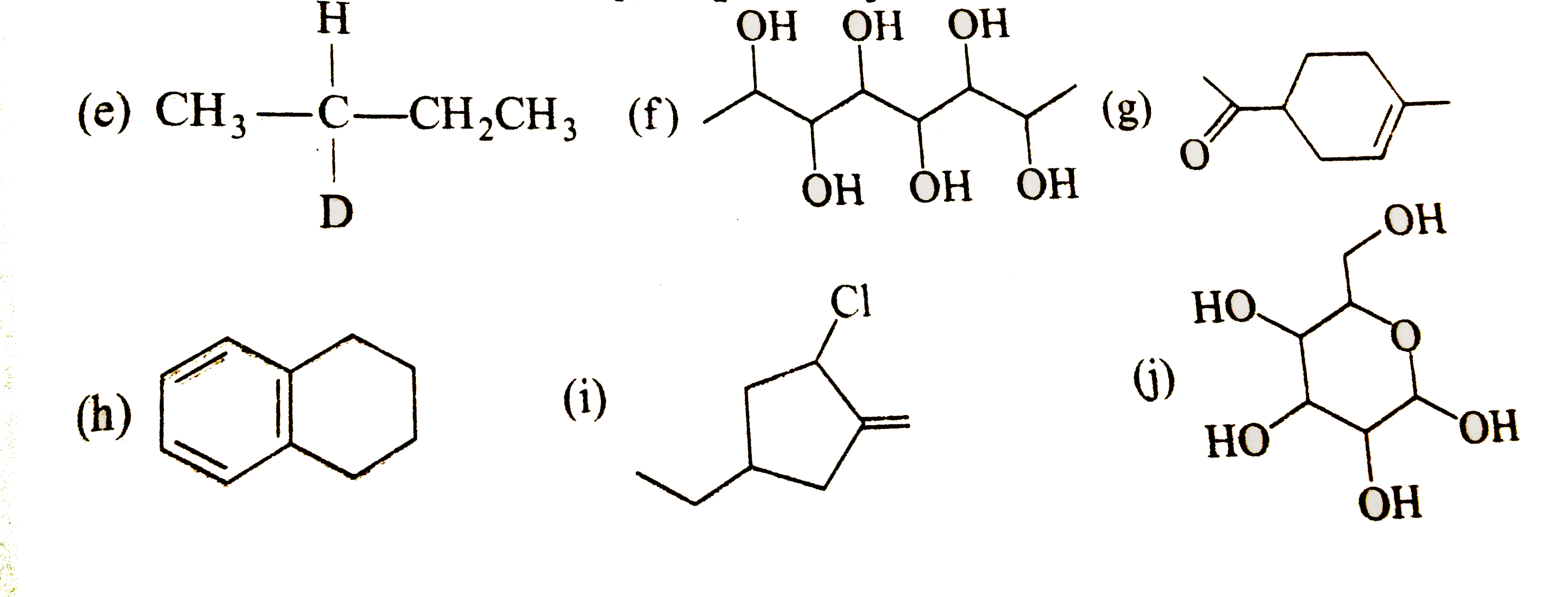When 2-chloro-2-methylbutane is heated with alcoholic KOH the possible products /s is/are?
(i)(CH3)2C=CHCH3 (ii)H2C=C(CH3)CH2CH3
(iii)(CH3)2CHCH=CH2
A
(i), (ii) and (iii)
B
(i) and (iii)
C
(ii) only
D
(i) and (ii)
Video Solution
Text Solution
The correct Answer is:D
CH3−CH2−CH3∣C∣Cl−CH3alc.KOH−−−−−→ΔCH3−CH=CH3∣C(i)(Major)−CH3+CH3−CH2−C∣CH3(ii) (Minor)=CH2
|
Topper's Solved these Questions
- HYDROCARBONSBOOK - ERRORLESSCHAPTER - HYDROCARBONSEXERCISE - NCERT BASED QUESTION (ALKYNE)
67 Videos
- HYDROCARBONSBOOK - ERRORLESSCHAPTER - HYDROCARBONSEXERCISE - NCERT BASED QUESTION (AROMATIC HYDROCARBON)
78 Videos
- HYDROCARBONSBOOK - ERRORLESSCHAPTER - HYDROCARBONSEXERCISE - ASSERTION & REASON
18 Videos
- GENERAL ORGANIC CHEMISTRY BOOK - ERRORLESSCHAPTER - GENERAL ORGANIC CHEMISTRY EXERCISE - ASSERTION AND REASON
14 Videos
- HYDROGENBOOK - ERRORLESSCHAPTER - HYDROGENEXERCISE - ASSERTION & REASON
6 Videos
Similar Questions
Knowledge Check
When 2-bromo-2-methylbutane is heated with alcoholic KOH, the possible products are __________.
(i)(CH3)2=CHCH3
(ii) CH2−C∣CH3−CH2CH3
(iii)(CH3)2CH−CH=CH2A(i),(iii)B(i),(ii)C(ii),(iii)D(i),(ii),(iii)When 2-chloro-2-methylbutane is heated with alc. KOH, the possible proudct(s) is/are
I. (CH3)2C=CHCH3
II. CH2=C(CH3)CH2CH3
III. (CH3)2CHCH=CH2AI, II and IIIBI and IIICII and IIIDI and IIWhich of the following alkanes can exhibit cis-trans isomerism?
(i) CH2=CHCH2CH3 , (ii) CH2=C(CH3)2
(iii) CH3CH=CHCH3 , (iv) CH3CH2CH=CHClA(1) (i), (ii)B(2) (ii), (iii)C(3) (iii), (iv)D(4) (i), (iv)
CH2=CHCH2CH2C∣∣OCH3
View SolutionCH2CH2C(CH3)3 ∣(CH3)2CHC−CHCH=CH2 ∣∣ CH2
View SolutionLocate the sterogenic center (s) in each compound. A molecule may have zero, one or more sterogenic centers.
(a) CH3CH2CH2CH2CH2CH3 (b)CH3CH2OCH(CH3)CH2CH3
( c) (CH3)2CHCH(OH)CH(CH3)2
(d)(CH3)2CHCH2CH(CH3)CH2CH(CH3)CH(CH3)CH2CH3

View SolutionThe compounds CH3CH=CHCH3 and CH3CH2CH=CH2
View SolutionWhat will be the increasing order of the stability of the following alkenes?
i) H2C=CH2
ii) CH3CH=CH2
iii) CH3CH2CH=CH2
iv) (CH3)2CHCH=CH2
v) (C)CH=CH2
View Solution
